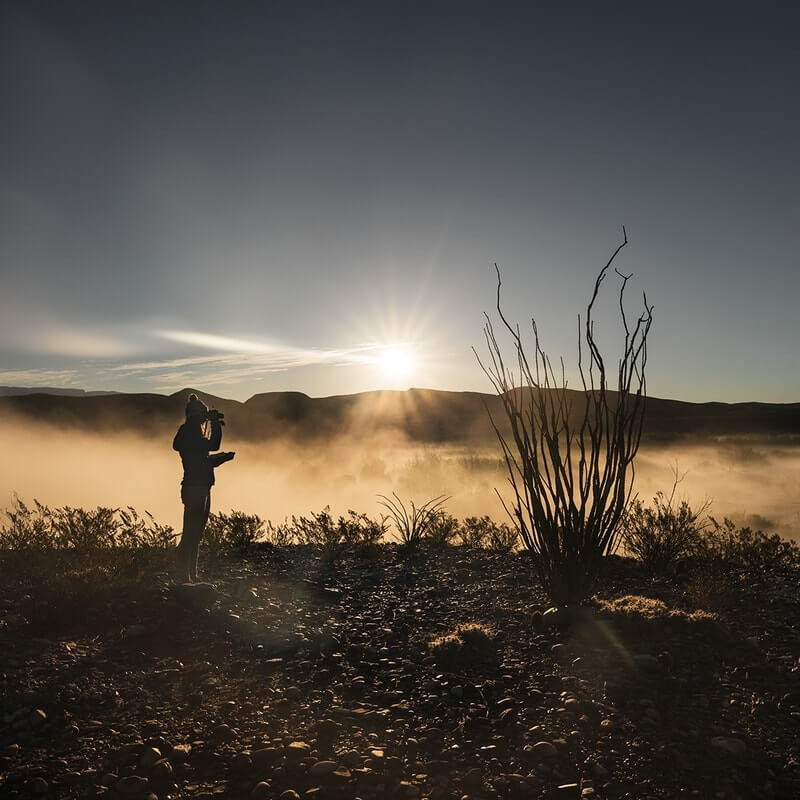DIRECTED BY: BEN MASTERS/2018
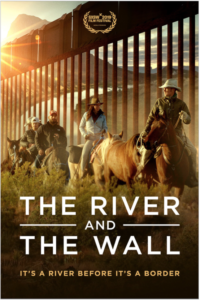
Documentaries are no stranger to timely political topics, and The River and the Wall is no exception. What does make this film stand out, despite taking on the very loaded issue of America’s immigration policies and the desire of the Trump Administration to build a 2,000 mile continuous structure along our southern border, is its approach to the subject. 100% political, but rarely confrontational, The River and the Wall provides a refreshing view by doing what very view have done: going to the border.
I must say up front that reviewing this film was an absolute pleasure for me as I am a Texan, and a High School Social Studies teacher who teaches students who come from all walks, many of whom who are intimately involved with which direction our U.S. foreign policy takes on this issue of immigration. Films like this often push their desired agenda apologetically, as anyone who has watched a Michael Moore or Dinesh D’Souza film might know. This film, while obvious in its view, uses the lush, isolated landscapes along the Texas border, from El Paso to the Gulf of Mexico, to make its case.
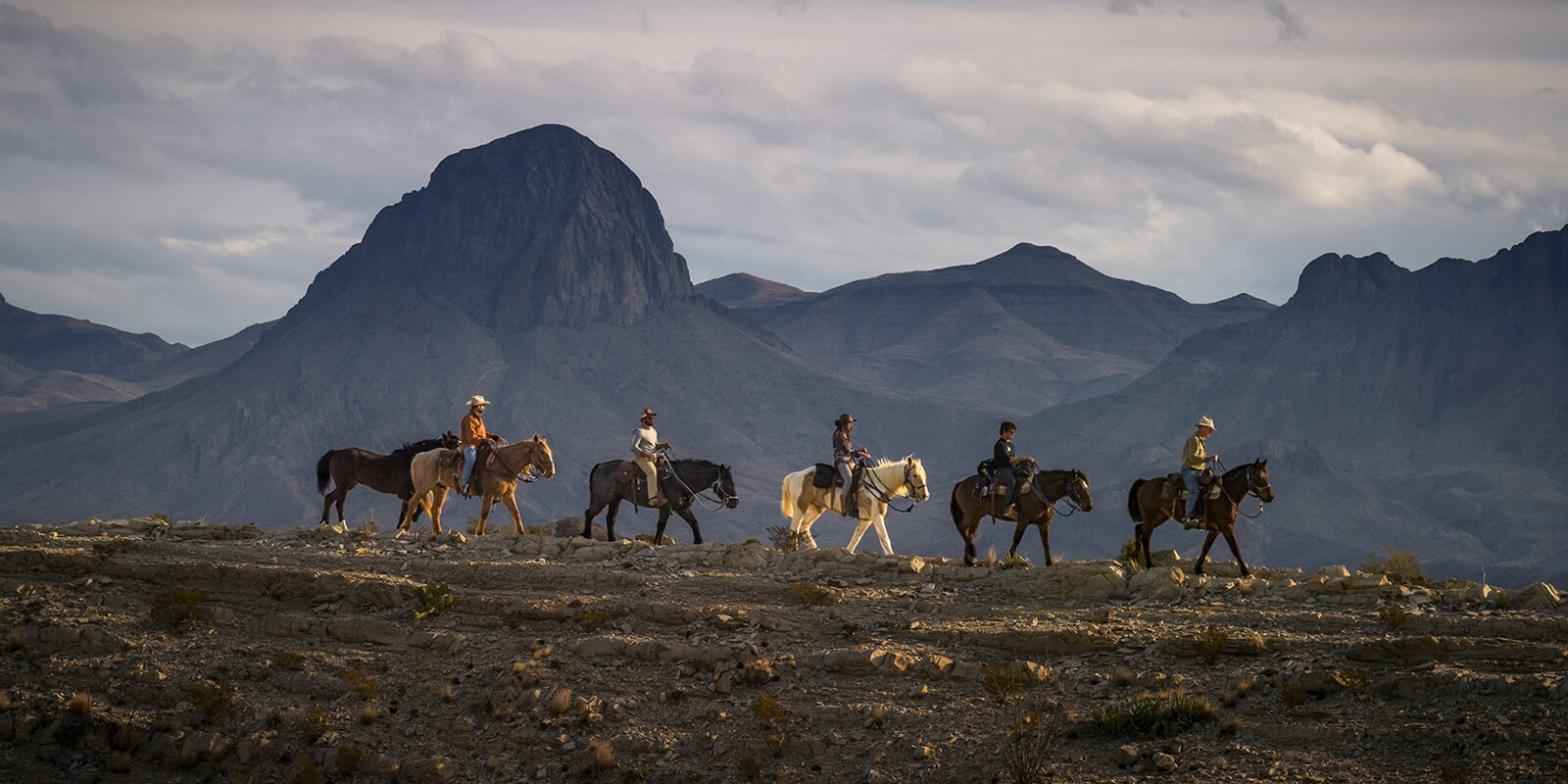
In The River and the Wall, five friends decide to journey the entire border of Texas via mountain bike, horses, and canoes. The team consists of director Ben Masters, Jay Kleberg-conservationist and associate director of the Texas Parks and Wildlife Foundation, Filipe DeAndrade-Brazilian-born National Geographic photographer and filmmaker, Heather Mackey-wildlife biologist, and Austin Alvarado-a Rio Grande river guide. Along the way they will look at the ever-changing and challenging topography of the Texas/Mexico border, and ask about the feasibility of a 30-foot structure, while acknowledging the need for border security. What they capture on film will be a great primer for this hotly debated subject for people who may not understand this isolated area, and the larger ramifications of building such a fence.
The cinematography, credited to John Aldrich, Collin Baggett, Phillip Baribeau, Korey Kaczmarek, and Brandon Widener, is simply breathtaking. I’ve always been in love with rugged Texas landscape that changes constantly as you cross this giant state, but this provides looks at the state I’ve never seen before that are every-bit as wondrous as when I first saw the Grand Canyon. From the mountains and desert, to the sleepy and yet at times treacherous Rio Grande river, to the beautiful Santa Ana National Wildlife Refuge, which contains different climates and habitats including subtropical wetlands, the Chihuahuan Desert, the Gulf Coast and plains. This habitat contains multiple endangered species such as the Texas Ocelot, and the Gulf Coast Jaguarundi. It is also home to over 397 bird species, most of whom arrive there via migratory routes from Canada, the U.S., and Central and South America.
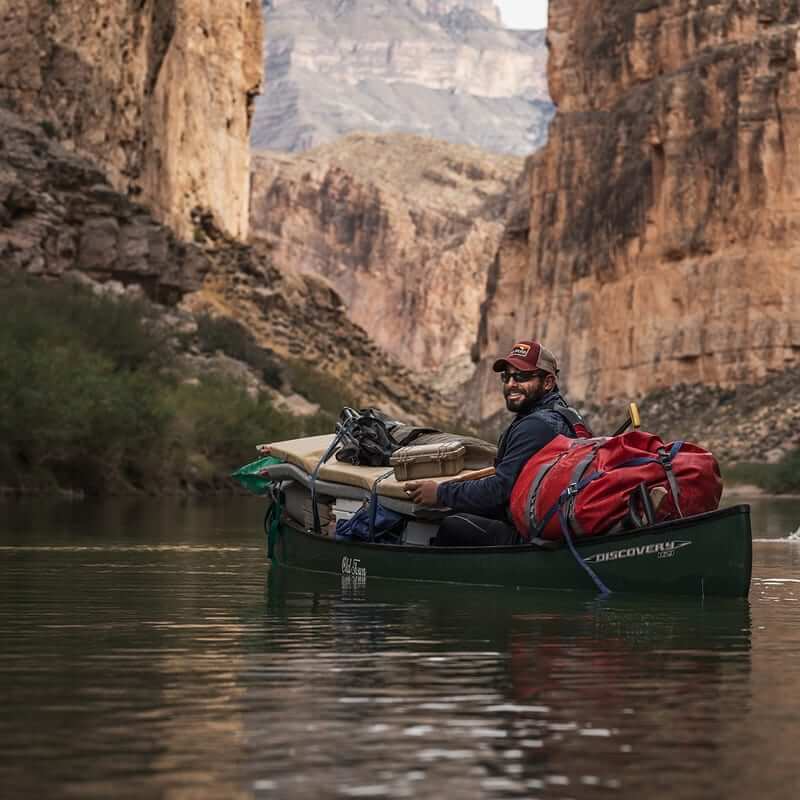
The species of this wildlife refuge, as well as those who populate Big Bend National Park, such as the Black Bear, survive as they use the Rio Grande as a water source, crossing back and forth across the international boundary. Both Mexico and the United States partner together on a number of fronts to preserve the plant and animal species found here, as well as in the Parque Nacional Canon de Santa Elena, a protected park on the Mexican side of the river. Given the natural geographic features of this landscape, a border fence seems completely unnecessary, especially given the level of destruction that would need to occur to create a level foundation through this terrain for such a fence, in an area that isn’t being crossed by immigrants.
Further down river, the 5-person team does run into cartel activity, and it is here that the traditional arguments for a fence take center stage. A more urban population develops along the border the closer you get to the Gulf of Mexico, but despite this, the film raises good questions as we see the existing border fence sitting sometimes 3/4 of a mile from the actual border. Private landowners who operate some of the best fertile farm land in the country with the ability to grow 365-days a year due to the weather are cut off from both their farm land and the main water source for their crops, community, and wildlife by the existing fence.
Issues of property rights, eminent domain, border security, and logistics clash. The U.S. land between the fence and the river becomes no-man’s land, and would be systematically demolished if the continuous fence proposal becomes reality. This would effectively cede this valuable farm land, water rights, and more to Mexico and the United States would lose effective use of all of it. Some 1.5 million acres of land could be lost, just in Texas alone, with such a fence. This doesn’t even consider New Mexico and California’s borders. With Texas occupying 1,200 miles of the 2,000 mile southern border with Mexico, it the Lone Star State who has the most to lose if a solid border wall is built.
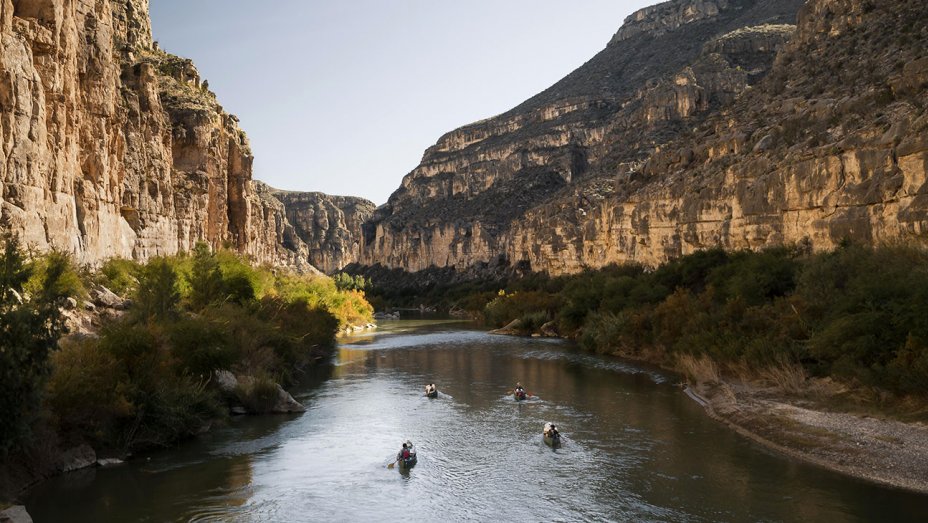
Finally, the film, after successfully introducing you to this 5-member team, connects some of the more personal experiences of this team with the issue of immigration, and the changes that need to be discussed as we speak about border security specifically. They are some powerful stories, and ones that I sadly hear every year in my classroom. If we are to have an honest discussion about this, or any political issue, it must be a discussion that looks at the effects such a policy will have on real lives.
The River and the Wall speaks softly, but uses its visuals to wield a big stick against the idea of a continuous border wall just to have one. It doesn’t seek to undermine the importance of a nation having enforceable immigration laws that seek to protect the American people, both naturalized and immigrant alike, from threats like the escalating drug trade, or even terrorism, for example. It does seek to ask if a one-size-fits-all approach would do more harm than good as it relates to private property, uses of our natural resources, protection of plant and animal species, farming and food production, and more.
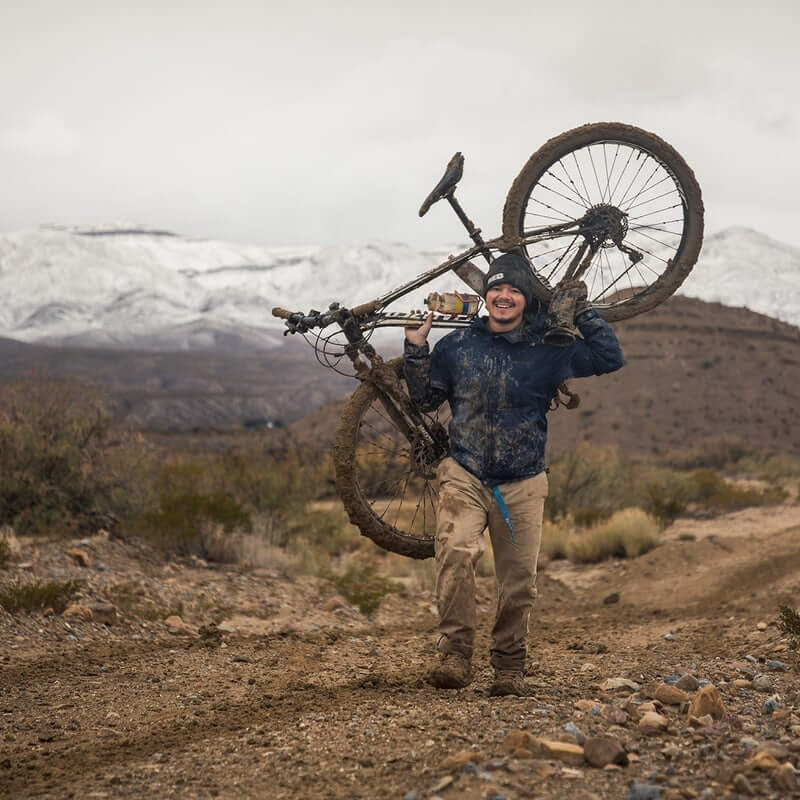
The River and the Wall‘s balanced approach of showcasing two Texas politicians, Rep. Will Hurd (R) and Rep. Robert “Beto” O’Rourke (D), who uniquely understand this area of Texas and the challenges of this issue demonstrate the kind of dialogue we could have as a nation if we are willing to listen and consider a multi-pronged approach to the subject instead of the dialogue we are currently having, or tweeting. Worth watching for the cinematography alone, The River and the Wall is a fascinating look at one of the most beautiful landscapes in our country, and it provides a great visual understanding for any future conversation we have as a nation on immigration and border security, especially the border in Texas.
